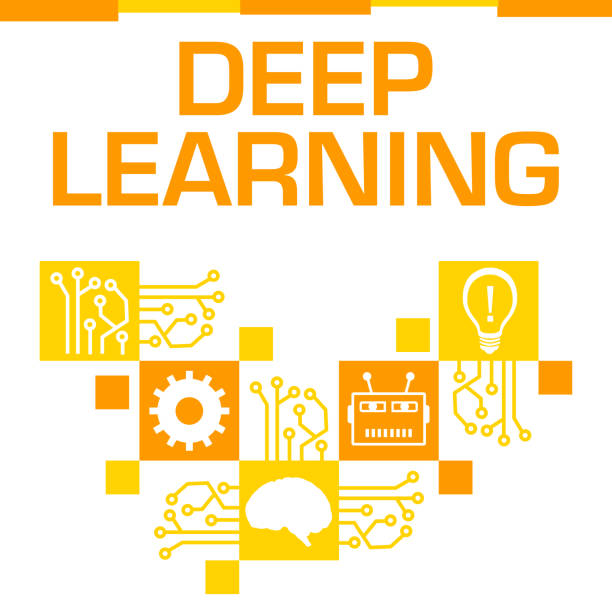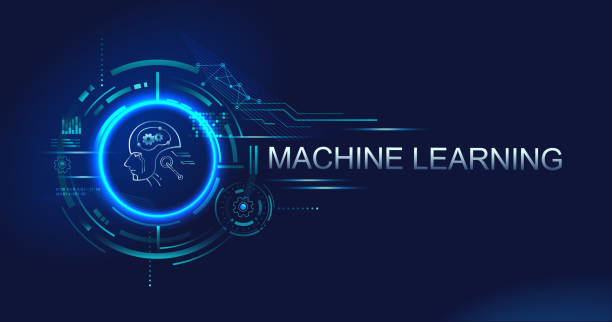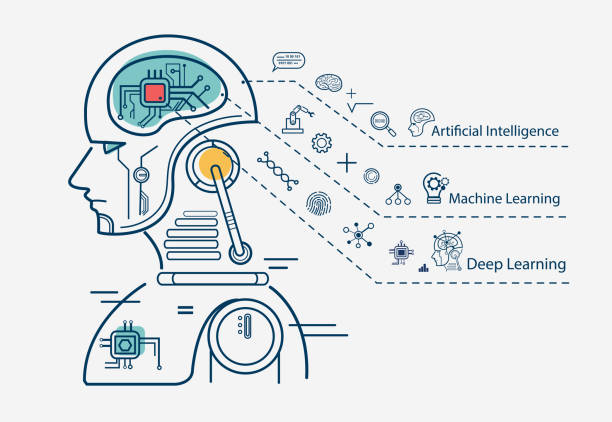Deep Learning vs. Machine Learning
Deep Learning and Machine Learning are two forms of Artificial Intelligence (AI) applications that provide systems the capacity to learn from their experiences and improve themselves automatically.

Deep Learning
Deep learning improves the process of gathering, analyzing, and interpreting massive volumes of data faster and easier, which is incredibly advantageous for data scientists. Machine learning can be thought of as a subset of deep learning. It is a field based on self-learning and improvement through the study of computer algorithms.
Deep learning is a sort of machine learning and artificial intelligence that mimics how humans learn. For almost a year, deep learning has been in use. It’s popular now because we don’t have nearly as much processing power or as much data as we used to. Deep learning and machine learning have arisen as a result of the tremendous development in processing power over the previous 20 years.

Types Deep Learning
- Autoencoders
- Multi-layer perception
- Recurrent neural network
- Convolution Neural network
- Modular neural network
- Deep Belief Networks
Advantages of Deep Learning
1. Deep learning is adaptable enough to deal with new problems as they arise in the future.
2. Unnecessary costs will be avoided.
3. It can produce high-quality outcomes.
4. It is compatible with both parallel and distributed algorithms.
5. It handles unstructured data nicely.
6. Deep learning algorithms are capable of learning from their mistakes.
Applications of Deep Learning
- Recognition of images
- Restoring an image
- Processing of visual art
- Processing of natural language
- Managing customer relationships
- Image analysis
- Detection of financial fraud
- Speech recognition software that works automatically
Working on Deep Learning
Machines understand a language and how to identify things and work, but if a problem arises, the machines are also given training on how to deal with it; they only need to be told once. After that, objects understand what to do and how to do it on their own. That is, these machines can perform flawless jobs again and over again without forgetting anything and without being bored. Deep learning experts believe that the world is now ready for a significant shift, with machines performing the majority of the work.
Machine Learning
One such recent technique is machine learning programming. Computer programs are created in such a way that they can learn to study new topics on their own and make decisions when necessary. It’s known as machine learning. AI has advanced to the point that it can now make machines accomplish things that were previously impossible to imagine. In a dynamic setting, machine learning can readily manage multi-dimensional and multi-variety data. Machine learning is constantly concerned with the creation of computer programs that allow it to access data and apply it for its learning. Machine Learning’s major purpose is to show how computers can learn without human involvement or support and modify their activities accordingly.

Machine Learning Algorithm
- Supervised machine learning algorithms- 1. This learning approach creates an inferred function from a known training dataset that can easily generate predictions about the output values.2. In this sort of algorithm, the machine applies what it has learned in the past to fresh data, employing labeled examples to forecast future events.3. Given sufficient training, the system can produce a target for any incoming input. This learning process also compares the final output to the correct, intended output and detects flaws so that the model can be adjusted as needed.
- Reinforcement machine learning algorithms- 1. This technology enables machines and software agents to automatically identify every optimum behavior that exists inside a given situation, allowing them to maximize their performance.2. It’s a form of learning mechanism that interacts with its surroundings by generating actions, as well as detecting faults, and rewarding good behavior.3. The most important elements of reinforcement learning are trial and error search and delayed reward.4. Any agent needs simple reward feedback to learn which action is best; this is also known as a reinforcement signal. 5. Machine learning is capable of analyzing large amounts of data. Delivers faster, more accurate findings, allowing for the identification of profitable potential or risky hazards, as well as the allocation of additional time and resources to properly teach them.
- Unsupervised machine learning algorithms- 1. Unsupervised learning investigates how systems might infer a function from unlabeled data to explain a hidden structure. 2. When the material to be trained is neither classed nor labeled, these algorithms are utilized 3. Unsupervised learning investigates how systems might infer a function from unlabeled data to explain a hidden structure.
- Semi-supervised machine learning algorithms- 1. Semi-supervised learning is typically used when the gathered labeled data necessitates the use of experienced and relevant resources to train and learn from them. Unlabeled data does not necessitate the use of additional resources 2. This method is a hybrid of supervised and unsupervised learning. Because they train with both labeled and unlabeled data usually a small quantity of labeled data and a big amount of unlabeled data.3. Those systems that employ this strategy can significantly enhance learning accuracy.
Benefits of Machine Learning
1. Machine learning offers a wide range of applications in industries such as banking and finance, healthcare, retail, and publishing.
2. Machine learning is used to deal with data that is multi-dimensional and multi-variable, and it does so in a dynamic setting. 3. Time cycles can be reduced and resources can be used more efficiently with the help of machine learning. 4. Due to machine learning, even if one wishes to deliver continuous quality in vast and complicated process environments, there are still some technologies available.

